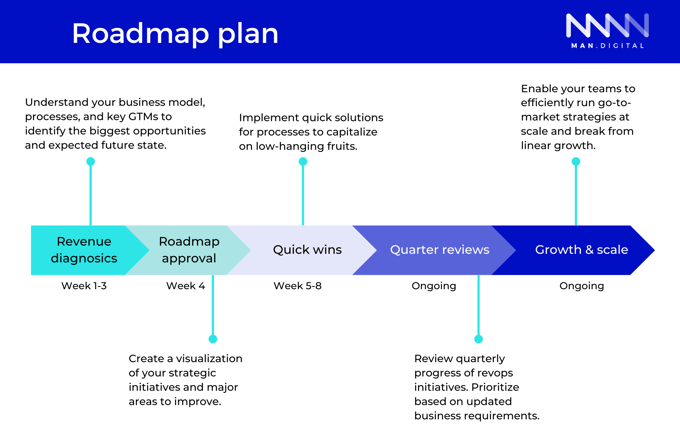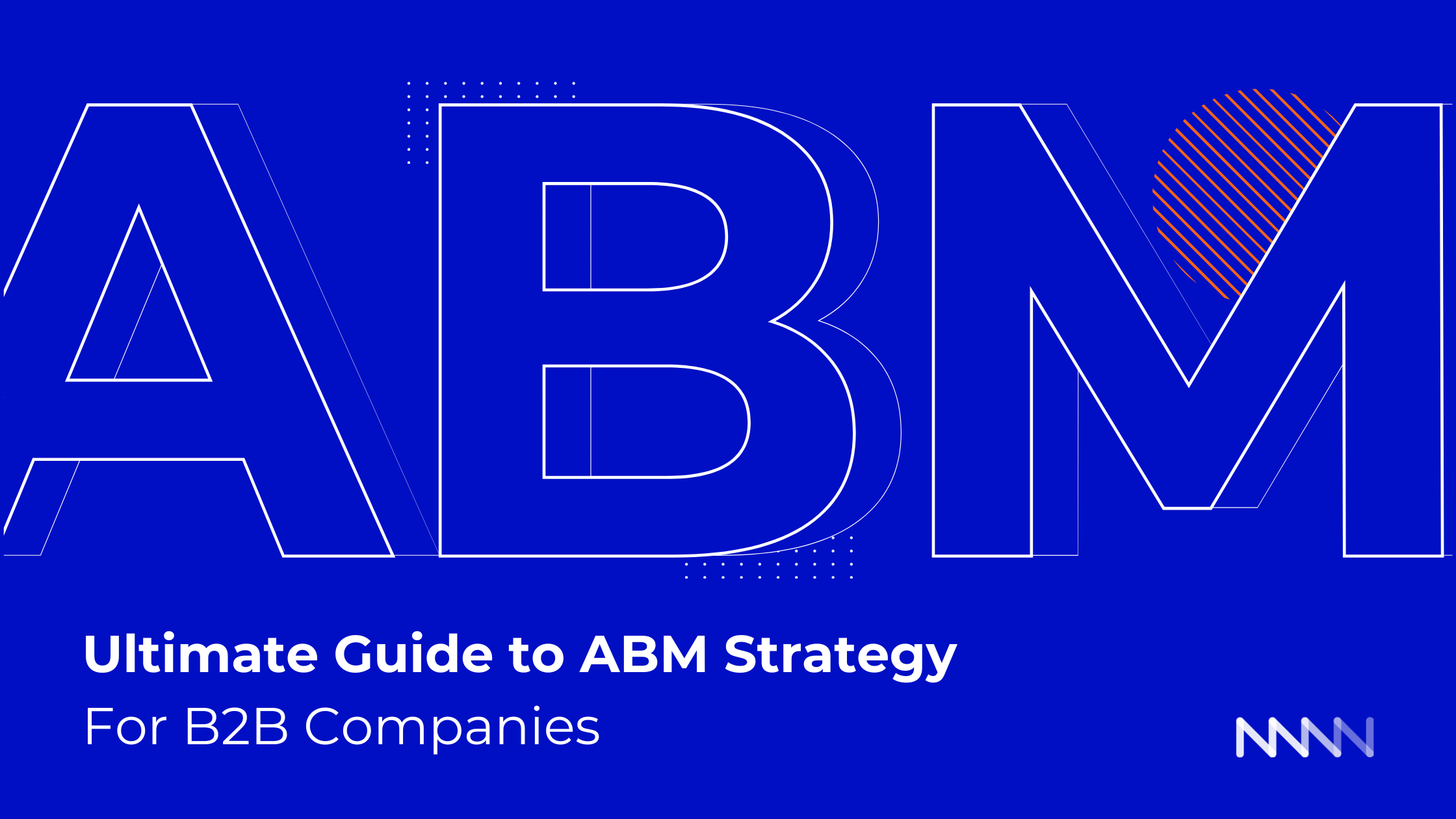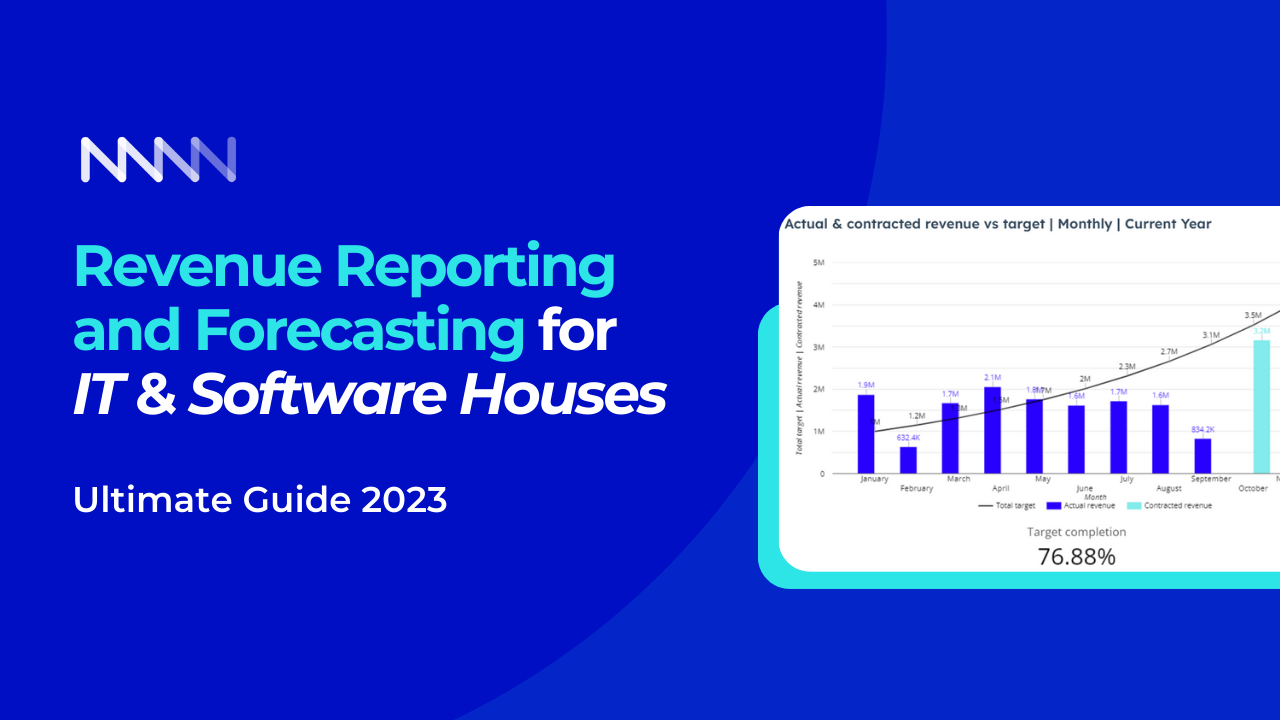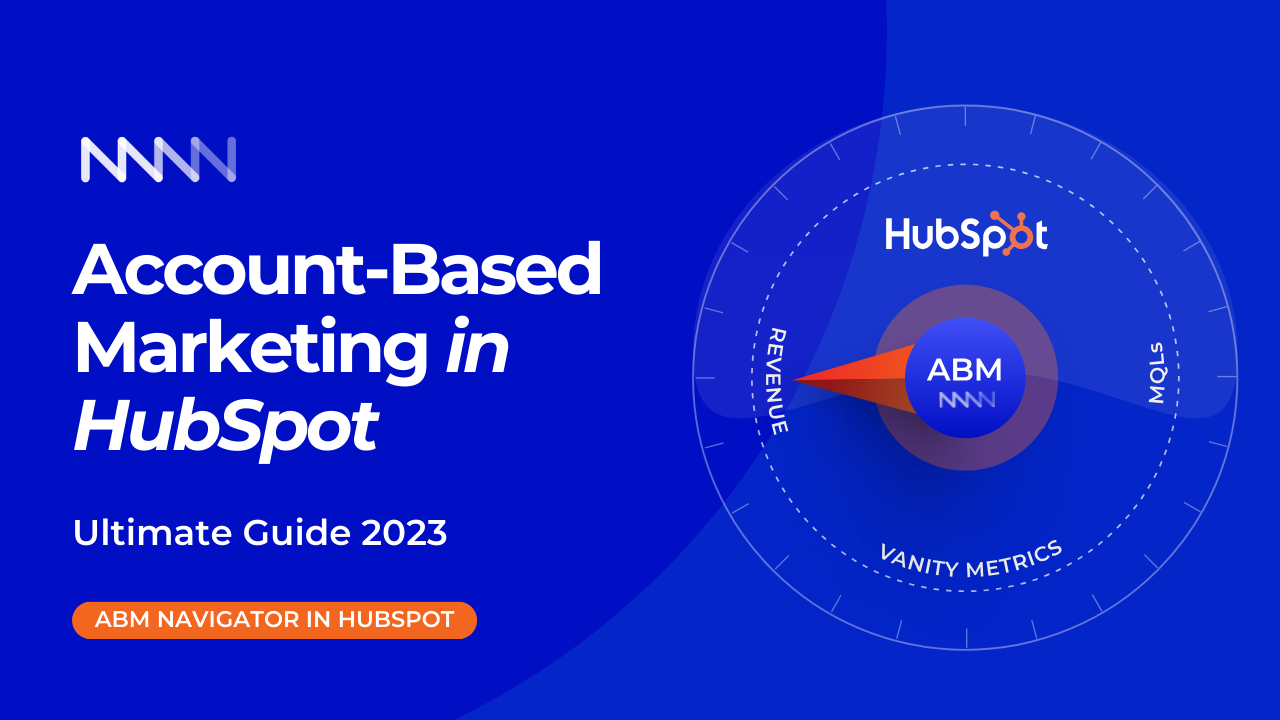15 MIN READ
Related articles
December 14, 2023
November 17, 2023
From this article, you'll learn everything you need to know about RevOps Framework:
Crucial elements of RevOps Framework and their impact on revenue generation.
What RevOps looks like inside HubSpot with key 5 benefits for business
6 core functions you should expect from RevOps in your company
RevOps implementation roadmap with 4 key steps.
Let's dive into it.
Table of Contents
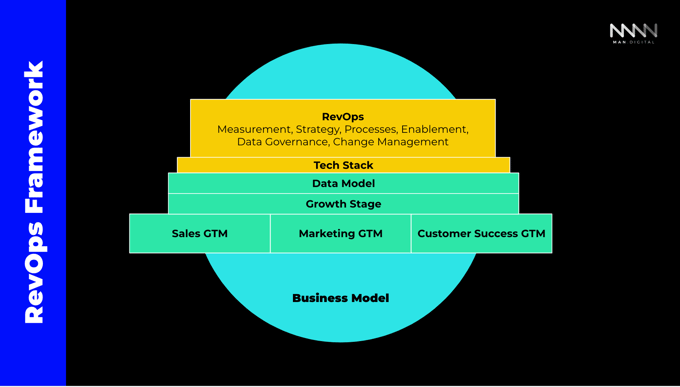
These are the "frames" that set how your business operates daily.
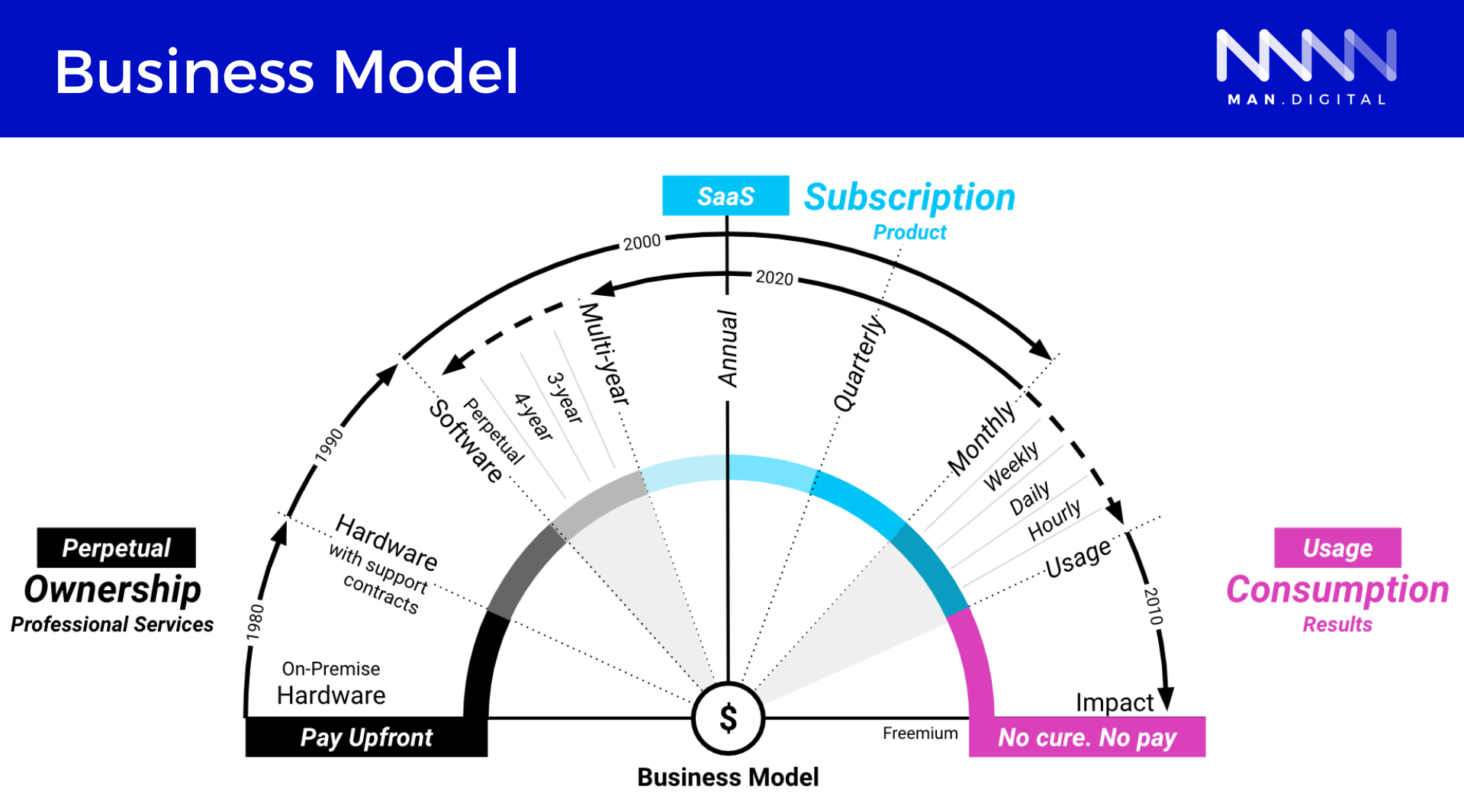 (Credits to Winning by Design)
(Credits to Winning by Design)
Your business can move from left to right, as well as from right to left, along this arc. Every shift causes a change in how you should price and sell your product/service.
On top of that, the business model influences yours:
All that impacts your revenue operations.
This is why a SaaS business charging customers on an MRR basis has totally different revenue operations than an enterprise service business selling one license at a time.
Here you're answering fundamental questions for your business:

(Credits to Winning by Design)
You match go-to-market motions to your business model based on two factors:
E.g a SaaS business with ACV below 15k will have GTMs like:
Whilst, an enterprise service business with ACV above 150k will have GTMs like:
In order to accelerate growth, you need to understand at what stage your business is currently and what steps you need to take next.

(Credits to Winning by Design)
Product-Market Fit (PMF) - your company is validating its service on the market and learning how to price it.
Go-to-Market Fit - Your company learns how to sell a service to the market
Scale-up Fit - Your company knows which GTMs work and which don't, and now is focused on scaling proven motions.
Grown-up Fit - Your company has multiple proven GTMs and shifts toward generating revenue from existing customers.
This is the way you measure the effectiveness of the go-to-market motions across your funnel.
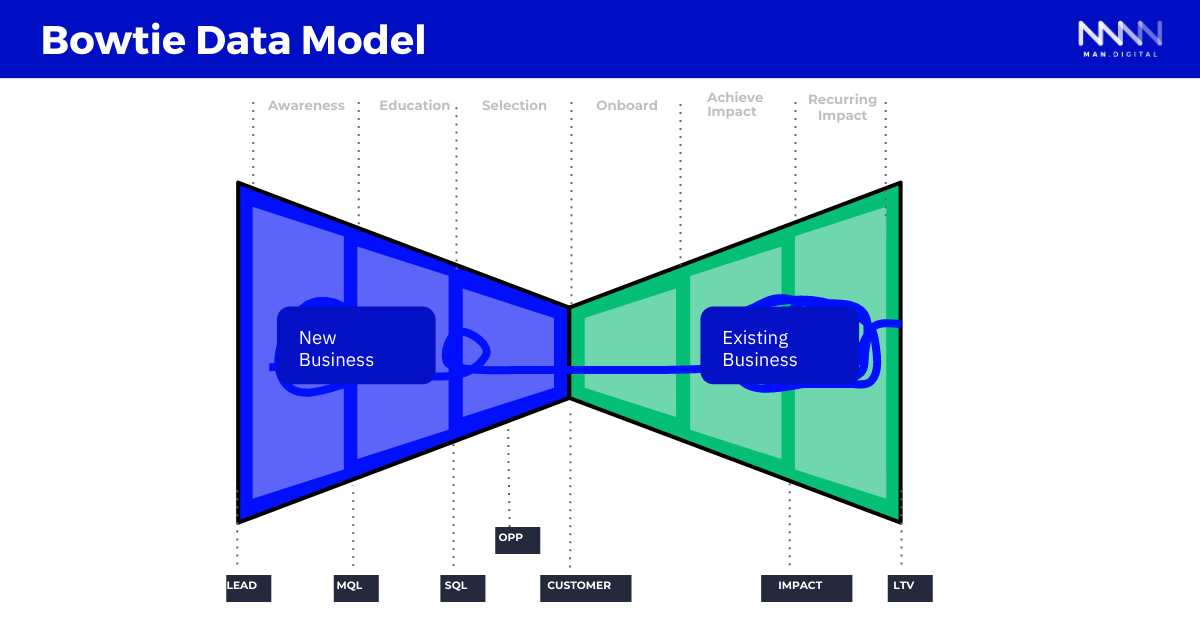
(Credits to Winning by Design)
It gives your teams:
As well as a new set of metrics that boost your sales velocity:
This is your infrastructure (CRM and tools) that supports GTMs and the teams responsible for their execution at every stage of the buyer journey.
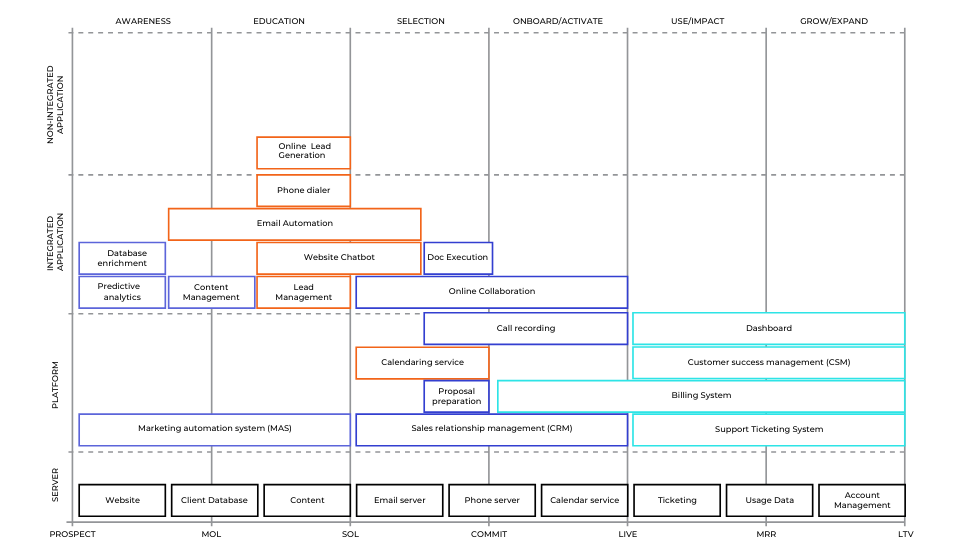
(Credits to Winning by Design)
Here you're asking questions:
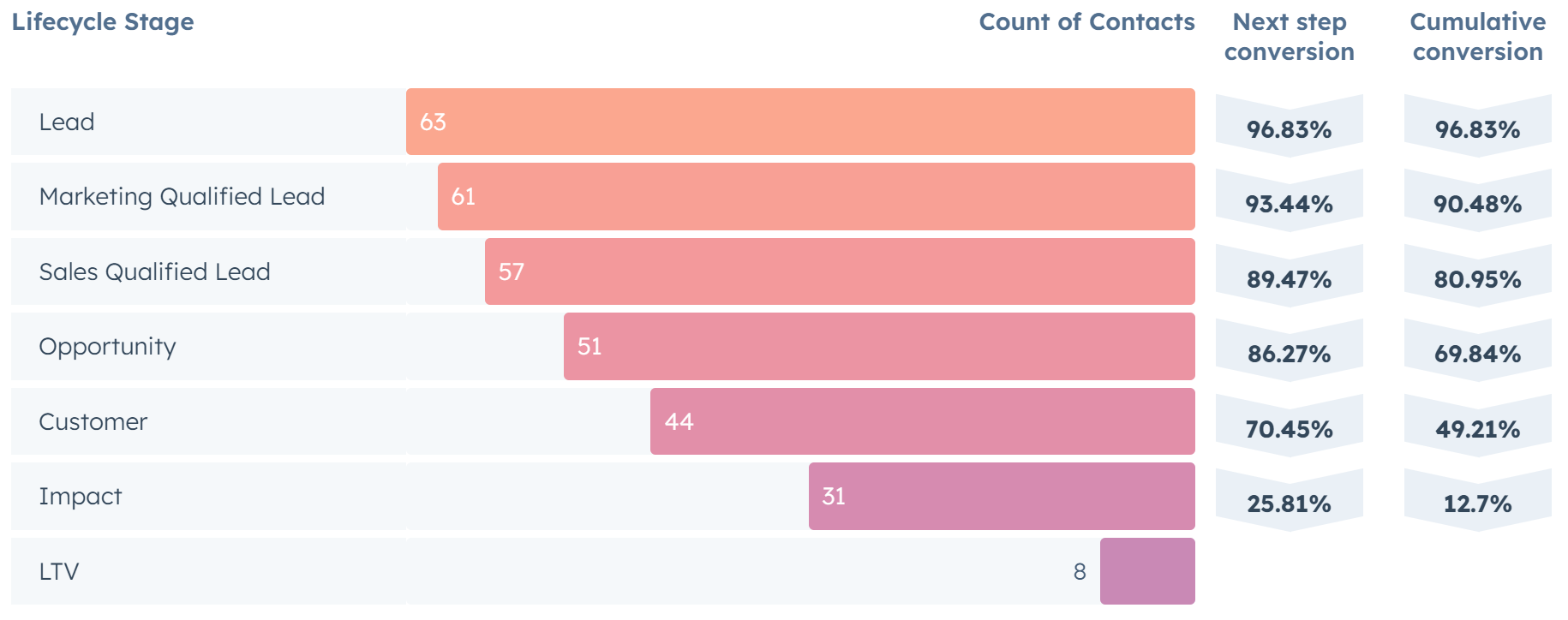

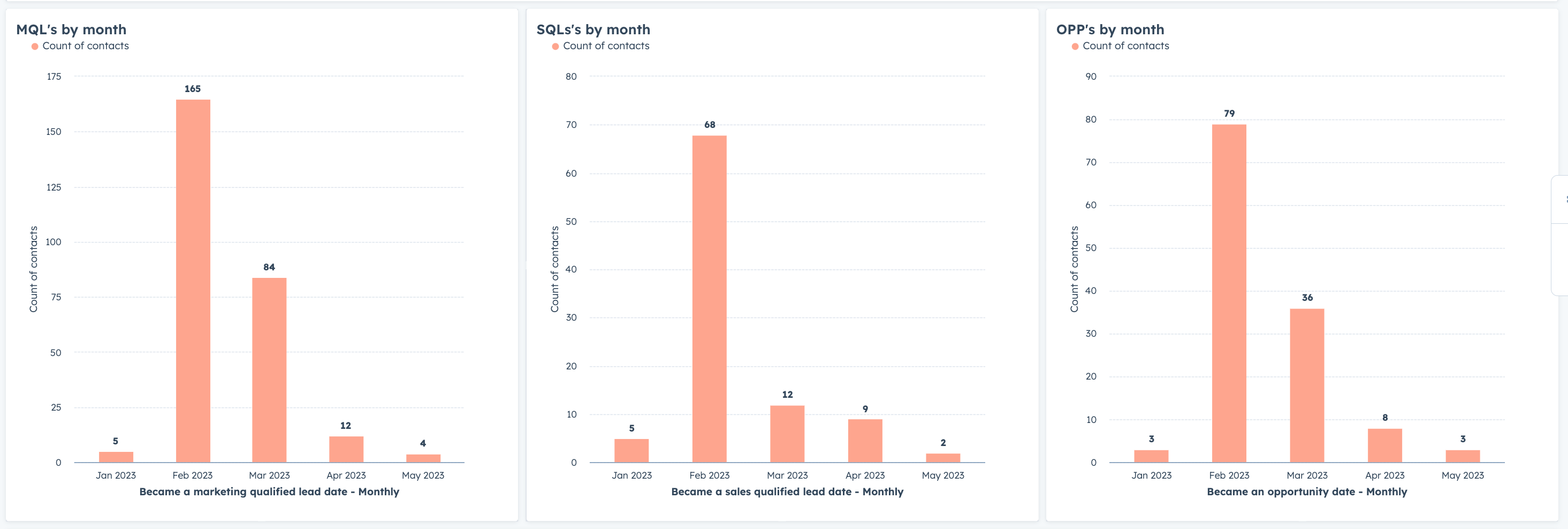

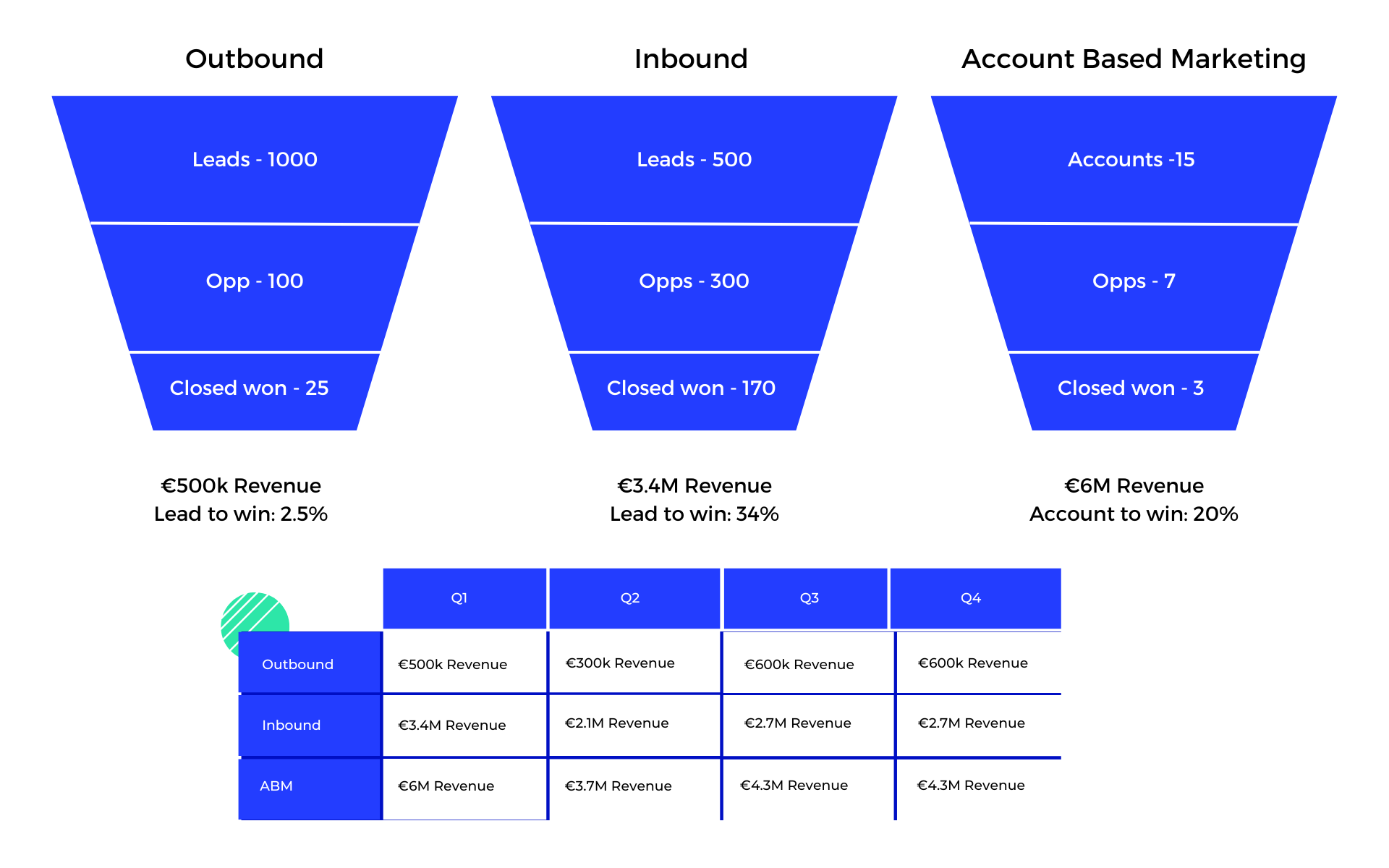

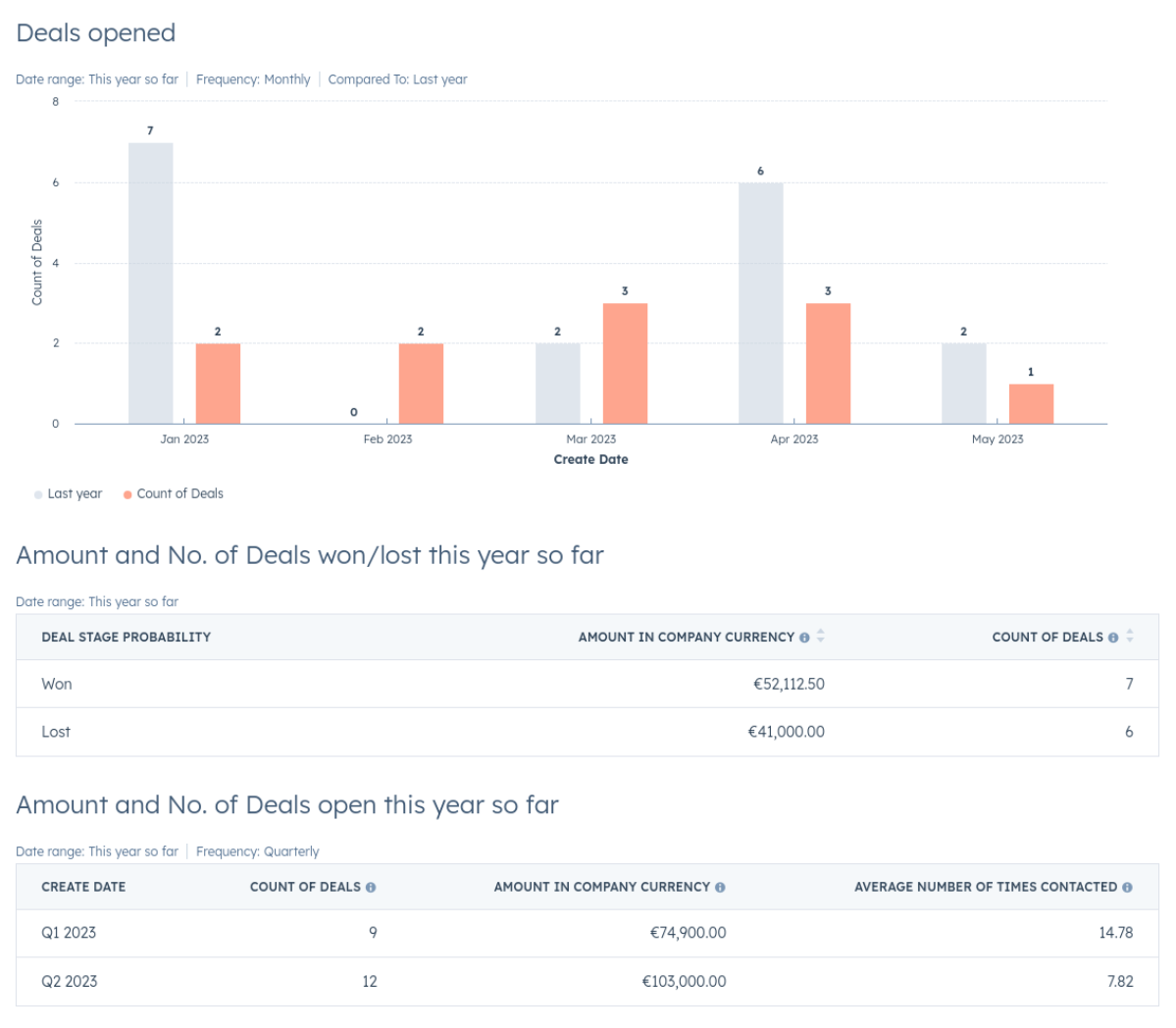
.png?width=273&height=570&name=1.2%20Pipeline%20-%20Customer%20Success%20-%20scheduling%20pre-kickoff%20call%20task%20(1).png)
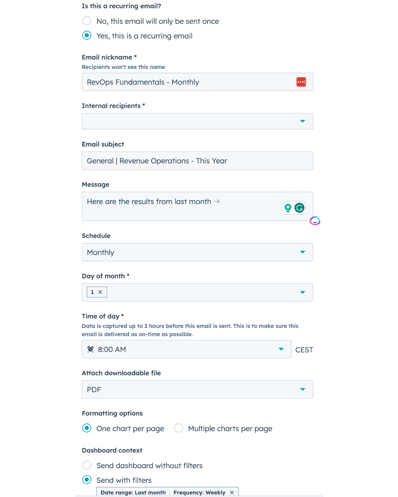
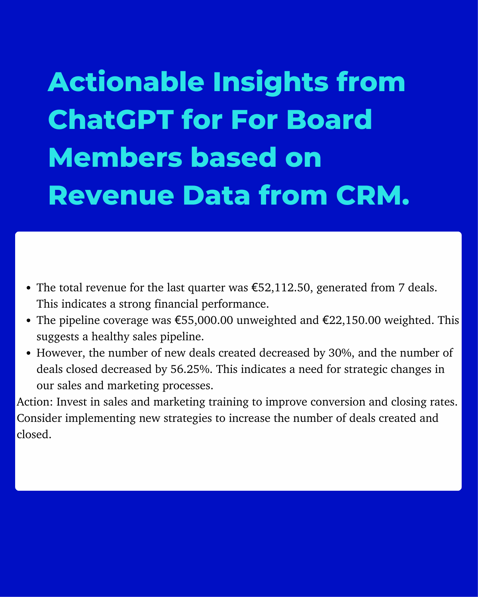
We listed key RevOps benefits with a showcase inside HubSpot. Now, let's define its 6 primary functions to give you an overview of what to expect from RevOps in your company.
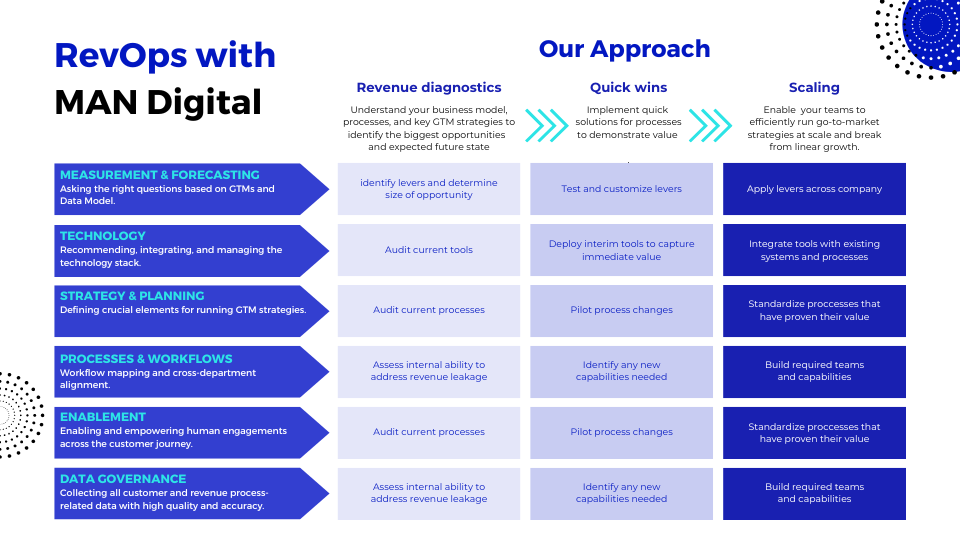
To successfully implement RevOps you need a roadmap guiding your actions step-by-step in specific time frames.
